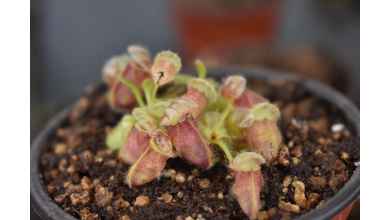Carnivorous Pitcher Plants May Lure Insects with Smell
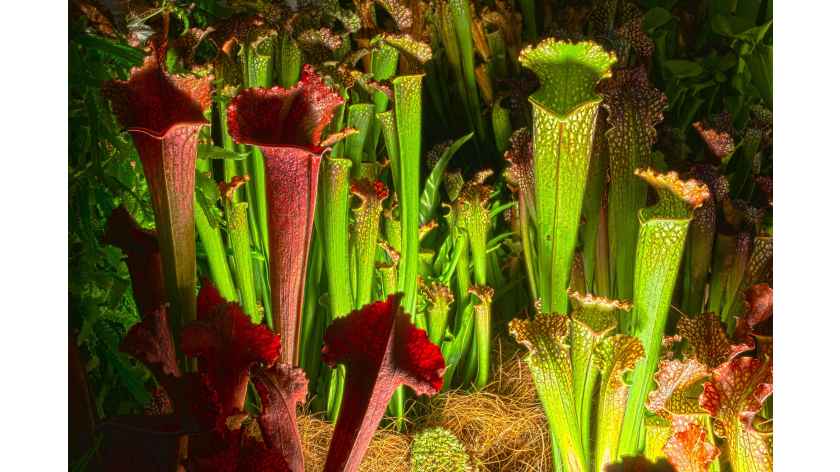
Carnivorous plants have fascinated people for centuries with their unique adaptations to capture and digest insects. Pitcher plants are a type of carnivorous plant that uses a deep cavity filled with digestive enzymes to trap and consume insects. While it is well known that pitcher plants use visual cues to attract insects, recent studies suggest that they may also use scent to lure prey. In this article, we will explore the fascinating world of carnivorous pitcher plants and their use of smell to capture insects.
Introduction
Carnivorous plants have long been a subject of fascination for botanists and nature lovers alike. One of the most intriguing types of carnivorous plants is the pitcher plant. Pitcher plants are unique in that they use a deep cavity filled with digestive enzymes to trap and consume insects. While it was previously thought that pitcher plants relied solely on visual cues to attract prey, recent studies suggest that they may also use scent to lure insects.
The Anatomy of a Pitcher Plant
Pitcher plants are found in many parts of the world, including North America, Asia, and Australia. The plants can range in size from just a few inches to several feet tall, and they come in a variety of shapes and colours. The basic anatomy of a pitcher plant consists of a deep cavity filled with digestive enzymes, a lid or hood to prevent rainwater from diluting the enzymes, and a slippery interior surface that prevents insects from climbing out once they have fallen in.
How Pitcher Plants Use Smell to Attract Prey
While it was previously thought that pitcher plants relied solely on visual cues to attract insects, recent studies suggest that they may also use scent to lure prey. Scientists have identified a variety of volatile organic compounds (VOCs) in the air around pitcher plants that may be used to attract insects. These VOCs include compounds such as terpenes and phenols, which are known to be attractive to insects.
The Role of Scent in Pitcher Plant Evolution
The discovery that pitcher plants may use scent to attract prey raises interesting questions about the evolution of these unique plants. It is possible that scent played a role in the development of pitcher plants, as those plants that were better able to attract insects with scent would have had a greater chance of survival and reproduction. Further research is needed to fully understand the role of scent in the evolution of pitcher plants.
Pitcher Plants and Insect Conservation
While pitcher plants may be fascinating to study, they also have an important role to play in insect conservation. Pitcher plants are known to be important habitats for a variety of insects, including flies, beetles, and ants. By studying the interactions between pitcher plants and their insect prey, scientists may be able to gain a better understanding of how to protect these important ecosystems.
Conclusion
Carnivorous pitcher plants are a fascinating subject for botanists and nature lovers alike. Recent studies suggest that these plants may use scent to attract insects, adding to their already impressive array of adaptations for capturing prey. By studying the interactions between pitcher plants and their insect prey, scientists may be able to gain a better understanding of the role of scent in the evolution of these unique plants, as well as how to protect the important ecosystems that they support.
FAQs
- What is a pitcher plant?
- A pitcher plant is a type of carnivorous plant that uses a deep cavity filled with digestive enzymes to trap and consume insects.
- Where are pitcher plants found?
- Pitcher plants are found in many parts of the world, including North America, Asia, and Australia.
- How do pitcher plants attract insects?
- Pitcher plants were previously thought to rely solely on visual cues to attract insects, but recent studies suggest that they may also use scent to lure prey. Scientists have identified a variety of volatile organic compounds (VOCs) in the air around pitcher plants that may be used to attract insects.
- What are VOCs?
- VOCs are volatile organic compounds that are found in the air around pitcher plants. These compounds include terpenes and phenols, which are known to be attractive to insects.
- How do pitcher plants contribute to insect conservation?
- Pitcher plants are known to be important habitats for a variety of insects, including flies, beetles, and ants. By studying the interactions between pitcher plants and their insect prey, scientists may be able to gain a better understanding of how to protect these important ecosystems.
Types of Carnivorous Plants
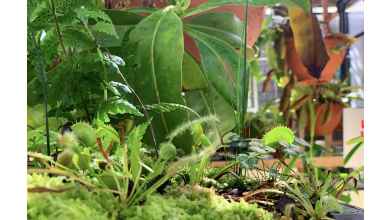
What Do Carnivorous Plants Eat?
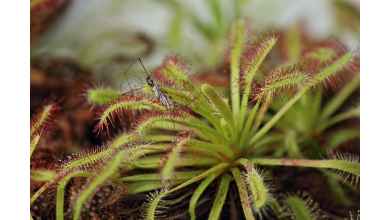
Are There Any Carnivorous Plants in the UK?
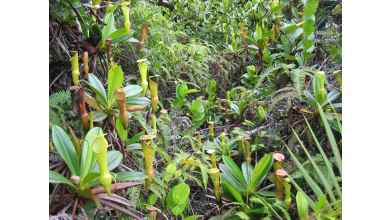
How to Grow Venus Fly Trap from Seeds
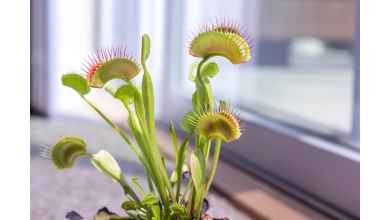
Darlingtonia Californica Care Guide
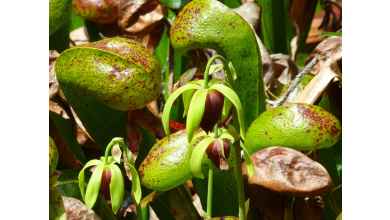
Cephalotus Care Guide
